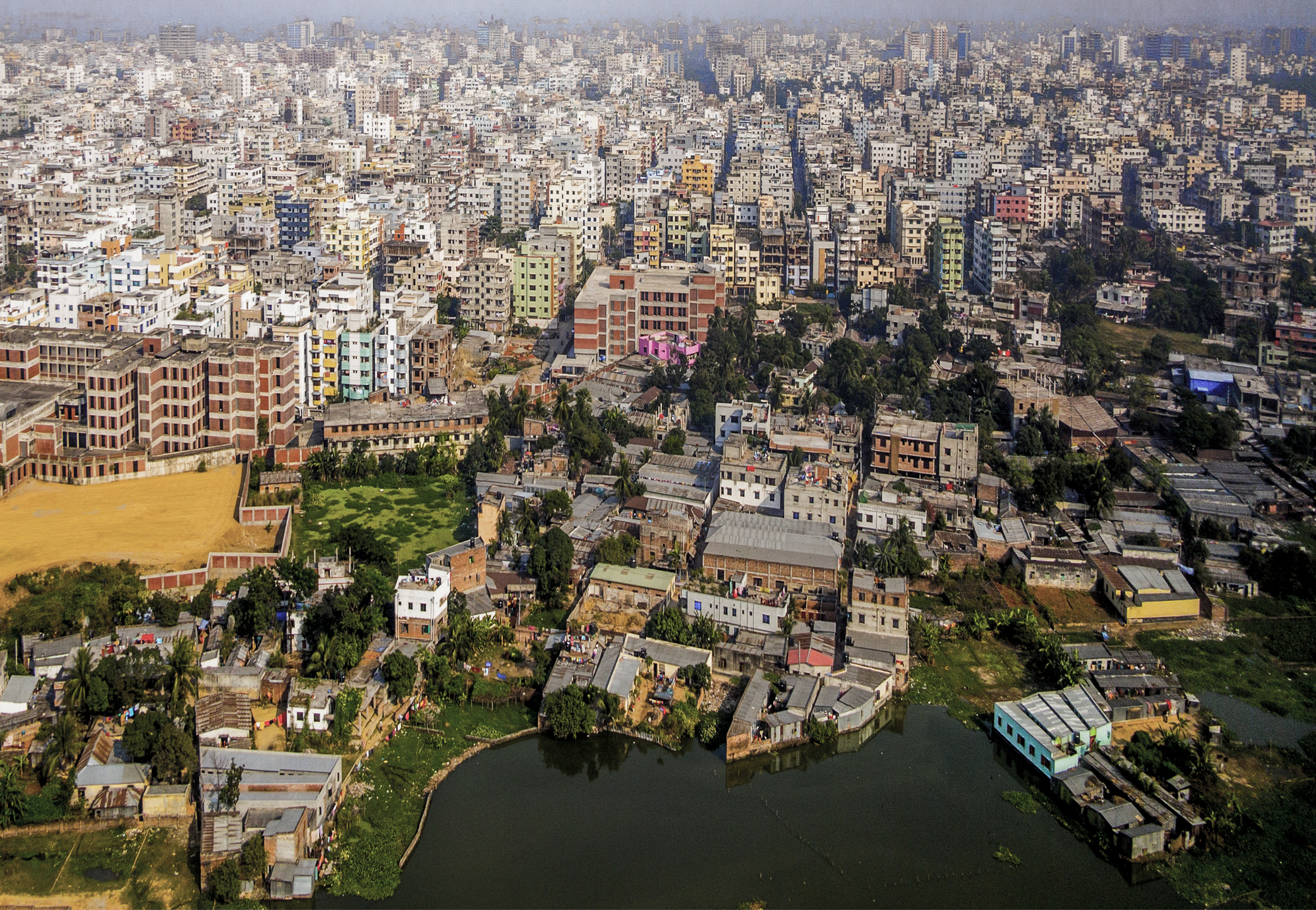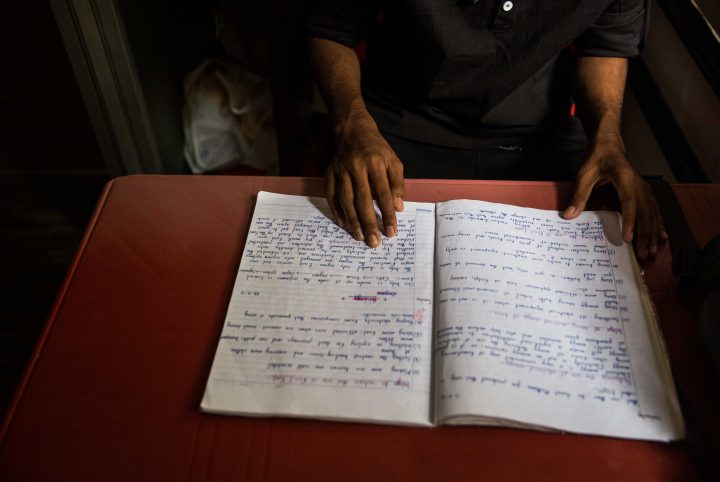
Rising incomes are masking the real trend for developing economies attempting to lift their citizens from poverty, a major report argues.
The world’s emerging economies are facing what has been coined ‘the middle income trap’ – a struggle to become a high-income economy.
Why does this matter? Together, the 108 countries that economists regard as “middle income” countries have 75 percent of the world’s population, are home to 60 percent of the world’s poor and contribute nearly two-thirds of carbon emissions globally.
China and India together constitute nearly half this population. So what happens in these countries has global ramifications.
The latest World Development Report (WDR) paints a pessimistic picture of the status and future of these so-called middle income countries.
Published annually by the World Bank since 1978, the WDR is a valuable source of information on the latest state of the world economy and is prepared under the guidance of the Chief Economist and Senior Vice President of the World Bank.
Current Chief Economist Mr Indermit Gill is responsible for WDR (2024) which introduced the idea of the ‘middle income trap’.
The World Bank assigns the world’s economies to four income groups: low, lower-middle, upper-middle and high income. Lower-middle and upper-middle income countries are those with per capita income of US$1146- $4515 and US $4516-$14005, respectively.
Earlier this year, Mr Gill gave a special advance briefing at the Monash Business School, where he outlined the issues facing countries with the gruelling task of lifting millions of people out of poverty.
Mr Gill outlined how, contrary to popular perception, economic growth in such countries is not accelerating, but is in fact slowing down as incomes increase – even more so every decade.
While India has successfully transitioned from ‘low’ to ‘lower middle income’ category and China has moved from ‘lower middle income’ to ‘upper middle income’, the real hurdle is faced in moving from ‘upper middle’ to ‘high income’ categories, he explained.
Mr Gill singled out the lack of innovation as a significant factor holding back this transition.
The report suggests a number of initiatives to overcome this obstacle – such as what it calls ‘creative destruction’ of incumbent enterprises that employ outdated technology, and encourage new entrants that bring with them new ideas.
The report also identifies weak institutions as holding back transition.
Not everyone shares this pessimistic picture, however. In a paper that he published in 1993, Professor Danny Quah, currently with the National University of Singapore observed that from 1962-1984, on a five group classification the most mobile group (defined as those at the world average per capita income) is the middle income group. Those at the extremes have been static in their positions over this period.
This is inconsistent with the picture portrayed in the 2024 report. The explanation lies in the fact that the nature of the ‘middle income’ category has altered over the last four decades with China and India joining this group.
Three issues that received only a passing mention in the report are (a) socioeconomic mobility, (b) inequality of income and (c) inequality of opportunity.
These are related developmental indicators and are both causes and consequences of the middle income trap that must be addressed in policy formulation.
The middle-income group contains countries that exhibit low socioeconomic mobility, high inequality, and low inequality of opportunities.
In a ranking of 81 countries, China, India and Sri Lanka, all of whom belong to the ‘middle income’ group, are low in the rankings.
According to the World Inequality Report on a ratio of Top 10/Top 50 income, India is one of the most unequal countries in the world. Though China has lower inequality than India, it is still higher than in many European, especially Nordic, countries.
The ‘Great Gatsby Curve’ shows the strong relationship between low intergenerational mobility and high inequality that highlights the hurdle posed by the concentration of income and wealth in one generation to the ability of those in the next generation to move up the economic ladder.
If socioeconomic mobility is low within the country, it constrains the ability of the country to move up the global income ladder.
This is a significant feature of the middle income trap not highlighted in the report.
The Scandinavian countries, for example, have been able to maintain their status as high income countries due to their low inequality of income and inequality of opportunities.
Innovation cannot be effective unless we address the issue of intra country inequality of opportunity through education-enhancing and gender-promoting initiatives in employment.
Finally, the report focuses more on the global picture on mobility between countries and less on that within the country.
A poor Bangladeshi will be looking to be upwardly mobile in relation to her fellow citizens and will care less about her country moving up the global income ladder.
Since middle-income groups provide the reservoir of innovative skills and entrepreneurship, it is necessary to first address the middle income trap within the country before looking at the global picture.

